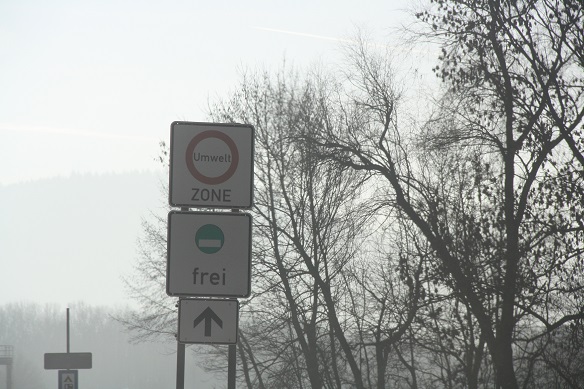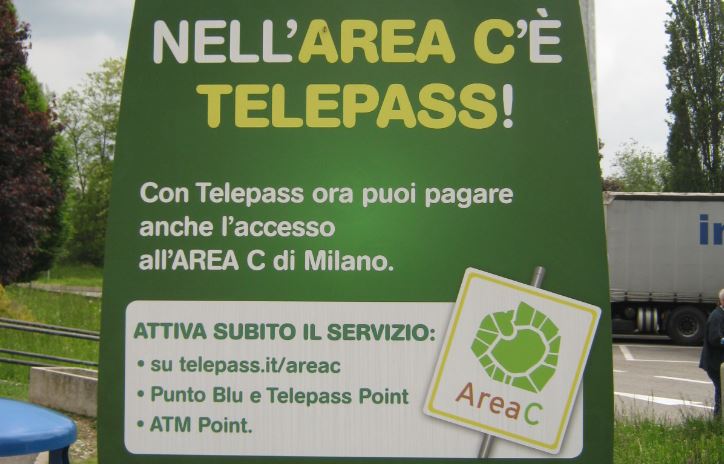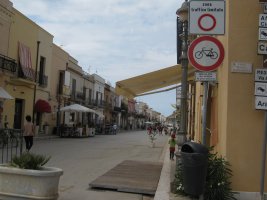What are Urban Vehicle Access Regulations (UVARs)?
They are rules for traffic entering cities. They can also be seen as regulations, restrictions or bans. They are implemented to improve the town or city in a number of ways, see “Why Urban Access Regulations”.
There are three main types of scheme, with emissions, costs or other (see our overview page). There are also combined schemes, for example where vehicles must both pay and meet emissions standards; or permits are only given if emissions standards are met.



What type of Urban Vehicle Access Regulations are there?
You can find below the main kinds of scheme:
- Low Emission Zones (LEZ)
- Most are area-based; some are specific streets, occasionally motorways
- Can be Sticker, Camera, or sometimes manual without Sticker
- Can affect different vehicle types, sometimes trip types (eg delivery)
- Urban Toll Schemes / Congestion Charging (CS)
- Usually area based, but some individual streets / bridges, or point-based
- Camera enforced, where you need to pay beforehand (sometimes up to the end of the day), online, by phone or sometimes transponder or by a payment booth at the entry of the road / bridge
- Emergency Air Pollution Schemes
- Cover a certain area, whole municipality or region
- Either on predicted air pollution, or after a certain number of days with high pollution
- Zero Emission Zones (ZEZ) are increasing in numbers
- Requiring vehicles with battery electric or hydrogen vehicles, as well as cycles and feet. Some allow plug in hybrid vehicles. Some ZEZs can be traffic-free, or larger pedestrian / cycle areas
- Requiring vehicles with battery electric or hydrogen vehicles, as well as cycles and feet. Some allow plug in hybrid vehicles. Some ZEZs can be traffic-free, or larger pedestrian / cycle areas
- Other Access Regulations can be many and varied
- Limited Traffic Zones, where only certain vehicles are allowed in, often requiring permits
- Through traffic bans, often for heavy vehicles
- Restrictions for vehicles of particular weights, vehicle or trip types
- Requirements for particular vehicles (eg safety wing mirrors)
- Access / delivery time windows (sometimes with permit requirements)
- Coordinated Parking Schemes and pedestrian zones (these are generally not on the urbanaccessregulations.eu website, although some of the larger ones are)
- ‘Superblocks’, where traffic, and particularly through traffic is reduced by permit entry and one-way systems
- Combined Schemes are increasing
- For example schemes combining emissions requirements with permit requirements, parking costs/permission, delivery windows, tolls, …
- Smaller Regulations / Restrictions are numerous
- Many small towns have through traffic bans, town (shopping / historical) centre pedestrian zones, individual streets that do not / cannot take certain vehicles, traffic calmed areas such as 'home zones' or 20 kph streets/areas. Many of these restrictions are notified simply by a road sign, which needs to be obeyed.
- Increasingly local regulations such as 'school streets' where a street or part of a street outside a school (or other sensitive area), which during the start and end of the school day is reserved for pedestrians/cyclists and most vehicular traffic is prohibited.
Under some definitions, such as the EU Horizon 2020 ReVeAL project on UVARs , Spatial Interventions are also defined as UVARs. Spatial Interventions are where changes in the road layout prevent vehicles accessing parts of the road network. For example, one-way roads can be combined to stop through traffic in an area. This could be through bollards, one-way streets, parking bays becoming recreational parks etc. These can be used to compliment, or instead of 'traditional' UVARs. This website doesn't generally include Spatial Interventions.
For more information on the different main types, see our background pages on:
![]() Urban Toll Schemes / Congestion Charging (CS)
Urban Toll Schemes / Congestion Charging (CS)
![]() Emergency Air Pollution Schemes
Emergency Air Pollution Schemes
![]() There are also increasingly Zero Emission Zones
There are also increasingly Zero Emission Zones
![]() often as a later phase of current Low Emission Zones
often as a later phase of current Low Emission Zones
Full information on each city is given on our full city pages. You can find these through the city search on most pages, the Schemes by Country pages or our map.
If you are planning a trip or tour of Europe, our route planner can help identify which cities have urban vehicle access regulations.
Impacts of UVARs
There is a large overlap on the kind of impacts different UVARs have. Those aimed at resolving traffic congestion issues such as road tolls, traffic limited zones, permit schemes, controlled parking, can also have positive impacts on all the issues that one might want to use UVARs for, such as:
- Air quality improvement
- Traffic congestion reduction
- Urban landscape preservation (historic town centres)
- Climate change mitigation
- Quality of life
- Noise mitigation
- Road safety
- Raising revenues
The reduction in traffic, and therefore the noise and emissions-heavy stop-start congested traffic, will also have a positive benefit on many other aspects.
Most ‘standard’ low emission zones may have their impact mainly on air quality, as the vehicles are replaced rather than the trip mode changed. Combined low emission zones can have wider effects, and Zero Emission Zones can also impact noise and climate aspects.
For more information on the different impacts of different schemes, see our impact pages for Low Emission Zones, urban road tolls and other urban vehicle access regulations.
If you are a city or other public authority
You might like to look at our Public Authority page.


